Carbon Fiber vs. Tiebacks & Plate Anchors for Bowing Walls
As a contractor dealing with bowing and cracking basement walls, you have several repair options, including tiebacks, plate anchors, and carbon fiber straps. While all these solutions provide strength, carbon fiber straps offer distinct advantages—not only for you, the contractor, but also for your clients.
Comparing Carbon Fiber and Tiebacks/Plate Anchors
Superior Strength & Coverage

Both carbon fiber and steel-based solutions (tiebacks and plate anchors) offer the strength needed to stabilize basement walls. However, the key difference lies in how that strength is applied:
Carbon fiber straps run vertically from the top to the bottom of the wall, distributing their strength evenly and reinforcing the entire surface.
Tiebacks and plate anchors concentrate their strength only at the points where the plates are mounted, which can lead to shifting or cracking in the blocks above or below the plates—potentially resulting in callbacks.
Installation process
This is an area where carbon fiber has a significant advantage. With carbon fiber, the entire installation process is done in the home’s basement. You need the materials (carbon fiber, epoxy, etc.) and a few power tools, such as a drill and a grinder. That is it.
No excavations. No trailer full of materials and equipment. No dealing with landscaping. You get inside, you do the job right, and you leave.
That’s not the case with tiebacks and wall anchors.
With tiebacks, you need to excavate around the exterior of the basement wall because while the helical plates are meant to be screwed into the dirt, they aren’t meant to be screwed through a cinder block wall. With plate anchors, the excavations are smaller and farther into the yard, but you still must dig and refill a hole to attach the plate to the end of the steel rod.
You will need heavier equipment, and the weather can pose a much greater obstacle to installation.
And where there are excavations, there is cleanup work to be done. Holes must be refilled, and landscaping must be replaced. All of this increases installation time and creates more opportunities for customer complaints.

Liability
Whenever you are doing excavation work, there is the chance of hitting utility lines. Not only does this add another step to the process (getting the public utilities marked), but it also introduces potential liability and safety issues for properties with private utilities or other buried lines on site.
Invasiveness
Some of the same aspects that make carbon fiber easier to install than tiebacks or plate anchors are the ones your clients will thank you for.
No excavation means no touching landscaping, no replacing landscaping, and no dirt tracked between the excavation sites and the wall plates in the basement.
Also, while both repair methods involve materials being placed and attached to the basement walls, carbon fiber is the easiest wall repair method to hide. It sits almost flush with the wall and can be painted or drywalled over.
Versatility
Tiebacks and wall anchors have one job: repair walls that are bowing inward.
Carbon fiber, on the other hand, gives you more options. Does the crack need to be reinforced? Carbon fiber can do that. Are there any other cracks that need to be repaired to prevent water seepage? Carbon fiber can do that.
Carbon fiber can even be used in conjunction with other repair options, such as tiebacks or wall anchors, to provide superior strength and crack repair. This provides a more complete repair than either option alone can.
Carbon Fiber is the Superior Choice for Wall Repair
Carbon fiber is lighter, easier to install, and less invasive while reducing liability risks and virtually eliminating callbacks. It provides the same strength as steel-based solutions—without the hassle.
Make the smarter choice for your business and your clients—choose carbon fiber for basement wall repairs. Learn about Carbon Fiber Support's products here.




